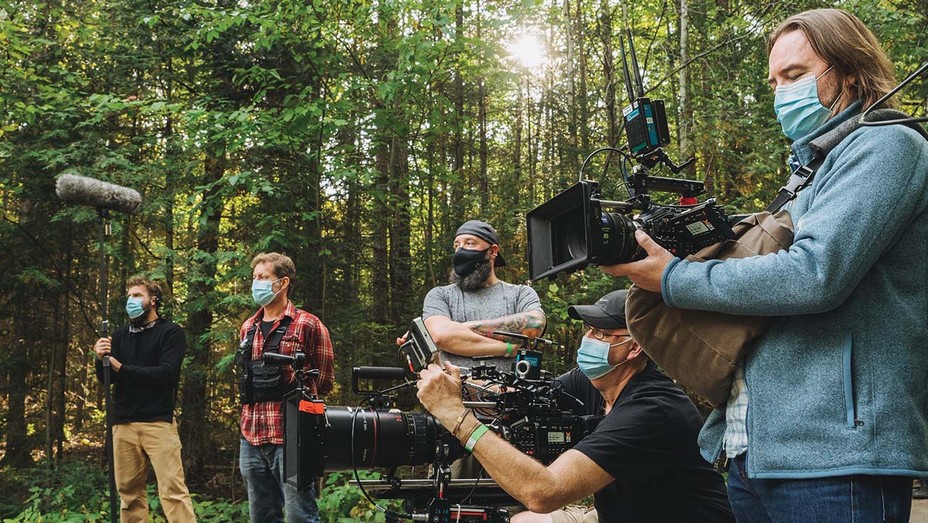By: Carolyn Giardina
After March’s coronavirus pandemic shutdown, Oscar-nominated cinematographer Greig Fraser did some commercial work in the U.S. before returning to the U.K. to resume production on Warner Bros.’ The Batman. During one of these commercial shoots, a crewmember tested positive for COVID-19. “When he tested positive, we shut down,” Fraser says, noting that everyone on set immediately began to quarantine. “Nobody [else] tested positive; we were all following the correct PPE procedures, washing our hands and wiping the equipment down. We went back after we all had tested negative a few times.” While Fraser declined to discuss Batman, that film also temporarily hit the pause button after star Robert Pattinson tested positive. (It has since resumed production.)
Fraser, who also wrapped work on Legendary’s upcoming sci-fi epic Dune, is among multiple cinematographers who say they feel there’s a low risk in going back to work because everyone is taking safety protocols very seriously. “We all have a responsibility to each other as well as ourselves,” Fraser says. “My approach is, assume the people around you have it. You have to be confident that you have taken every precaution. … I think there’s a greater danger going to the local supermarket than being on a film set.
“We all want to get back to work — cinematographers, directors, crew, actors,” he adds. “That four or five months not shooting really put the wind up everyone, to be frank. So everyone is being smart about it, if we have to do this to get back to work, let’s do it.”
Oscar-nominated DP Phedon Papamichael, who filmed Aaron Sorkin’s The Trial of the Chicago 7 for Netflix, agrees with the sentiment. “I went to Germany [to shoot commercials] and now Greece,” says Papamichael, who is serving as director and cinematographer (sharing DP duties with Akis Konstantakopoulos) on the thriller Light Falls, an Albanian-Greek-Georgian co-production. The crew is shooting mostly outdoors and limiting people on set to a total of 10 castmembers and a lean 35-member crew. “Everyone is repeatedly tested,” he says. “We get our temperature measured, and then we get wristbands. We wear masks.” He adds that colleagues in the U.S. have cited use of gear such as Technocranes in order to get the camera’s lens — but not the camera operator — close to the actors.
Meanwhile, Dan Laustsen, the Oscar-nominated cinematographer of Guillermo del Toro’s The Shape of Water, is in Toronto shooting del Toro’s latest, Nightmare Alley. “The studio is taking care of us very well,” he says. Filming had shut down in March and restarted with the same crew in September, after those who returned to Canada, including Laustsen, spent two weeks in quarantine. The filmmakers are using standard protocols, including testing, social distancing, working in zones, cleaning equipment and wearing masks (he wears both a mask and a face shield).
Laustsen also wears a headset to make onset communication easier from a distance and while wearing PPE — something numerous DPs have commented about. “The communication is less personal, but it’s not the end of the world,” he says, explaining that, importantly, they have not made any creative compromises.
DP John Brawley (The Great) just wrapped Phillip Noyce’s indie movie Lakewood, starring Naomi Watts, which was shot with a small crew in northern Ontario. Cinematographers note that during a shoot, their eyeglasses tend to fog up while wearing PPE, so they do need to clean them to improve visibility, though they are taking it in stride. Brawley came up with an alternative. He sometimes wore a powered air-purifying respirator (PAPR), which he said reduced the amount of fog developing on his glasses. “It’s a little bit noisy so it’s not good if I’m operating [the camera] up close, but if I’m behind a monitor or a little bit off set its fine,” he says.
Cinematographers like Markus Forderer, who is working on Netflix’s Red Notice in Atlanta, have used remote working procedures, which he described during a recent virtual panel discussion about getting back to work. He lensed the feature Tides, which needed additional photography in Munich at a time when director Tim Fehlbaum was in Germany and Forderer was in L.A., as was one of the actors. “Because we couldn’t travel, we had a small setup in my apartment with a live feed so that the director could participate from Munich. The director could see the livestream from his computer’s camera and talk to the actor,” says Forderer.
For the Munich shoot, he communicated with the team using “iPads on set connected to a password protected Zoom meeting. And got a live feed from the Red camera with Blackmagic Web Presenter. [I had] all of the camera settings and data so I could give notes to my camera assistant and gaffer and it worked quite well.”
Reshoots and additional photography “are always difficult to schedule,” adds Forderer. “Going forward, this is something that allows the core creative team to work together even if you’re not in the same spot.”
A version of this story first appeared in the Oct. 7 issue of The Hollywood Reporter magazine.
# # #All trademarks are the property of their respective owners.
Full article: https://www.hollywoodreporter.com/behind-screen/how-top-cinematographers-are-working-with-new-safety-protocols

